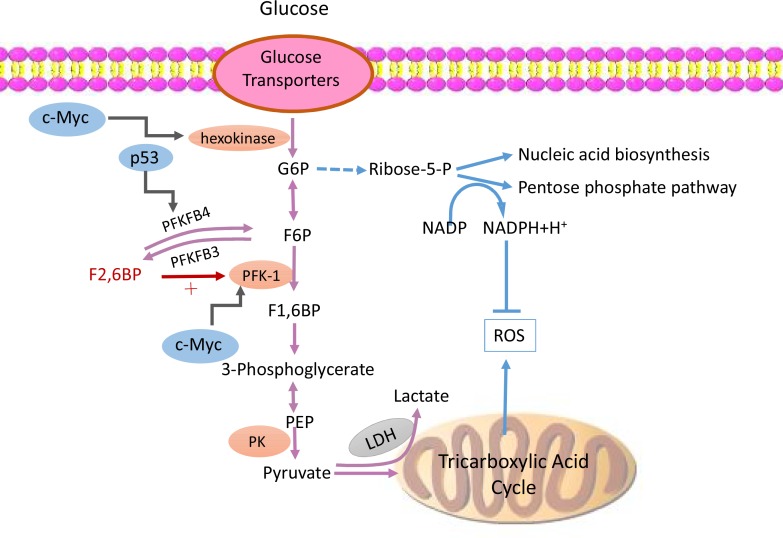Figure 1. PFKFB3 participates abnormal glucose metabolic pattern in tumor cells.
Tumor cells maintain high-throughput glycolysis flux via variable mechanisms. Increasing glucose transporters and hexokinase activity result in increased intracellular concentrations of F2, 6BP and activated PFK-1. PFK-1 can be activated by F2, 6BP while it is not sensitive to be inhibited by increasing level of ATP, which leads to a sustained positive feedback. Meanwhile, PFKFB3 presents strong kinase activity and promotes the synthesis of F2, 6BP, which subsequently activates PFK-1 and upregulates glycolysis flux. Besides that, not only those lactic acid in mitochondrion will be transported out and be kept away from TAC, but also lactic acid located in cytoplasm is blocked by LDH and single carboxylate transport protein from re-entering the biological oxidation pathway. Finally, also a number of tumor-related genes, such as MYC, HIF, the P53 and so on are involved in the formation of this abnormal metabolic pattern of tumor cells. Abbreviations: glucose-6-phosphate (G6P), fructose-6-phosphate (F6P),fructose-1, 6-bisphosphate (F1, 6BP), fructose-2, 6-bisphosphate (F2, 6BP),phosphofructokinase-1 (PFK-1), nicotinamide adenine dinucleotide (NAD), reactive oxygen species (ROS), lactate dehydrogenase (LDH), phosphoenolpyruvic acid (PEP), pyruvate kinase (PK), tricarboxylic acid cycle (TAC).

